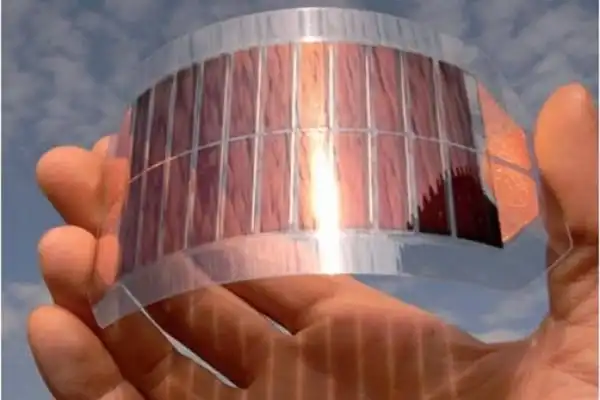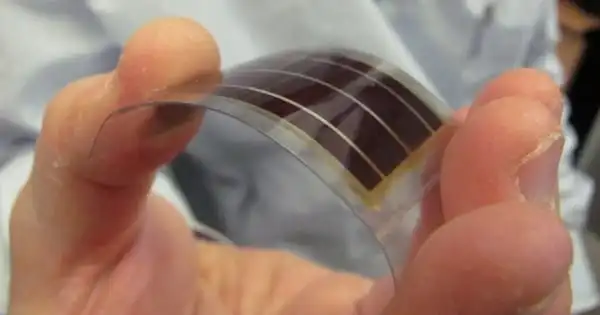The majority of organic photovoltaics (OPVs) in development are based on a binary active-layer combination (of donor and acceptor materials) in the form of a bulk heterojunction (BHJ). Ternary organic solar cells expand this principle to three-component active layers, often consisting of two donors and one acceptor or one acceptor and two donors.
A team of researchers investigated a polymer solar cell in operation using electron spin resonance spectroscopy. The researchers were able to determine the mechanism for the gains in stability and power conversion efficiency observed when ITIC was added by comparing the PTzBT/PC61BM system at the molecular level. It is envisaged that this discovery would aid in the commercialization of low-cost flexible polymer solar cells.
Solar cells will undoubtedly play an important role in ensuring a sustainable energy future. Polymer solar cells (PSCs) in particular are a good option due to their low cost of production and ability to be both flexible and semitransparent. Ternary polymer solar cells have impressive power conversion efficiency, although it’s not always clear why. PSCs are now being studied more closely by academics from the University of Tsukuba and Hiroshima University. Their research was published in the journal npj Flexible Electronics.
It has been documented that the accumulation of charge over time contributes to the deterioration of cell performance. As a result, we used ESR to investigate a system composed of the polymer PTzBT and the big molecule PC61BM.
Professor Itaru Osaka
PSCs are typically composed of a p-type semiconductor combined with an n-type semiconductor. When sunlight shines on the cell, this blend provides the appropriate combination of charge carriers — holes and electrons — for current to flow.
Binary PSCs are blends with these two components. However, it has recently been discovered that adding an additional element to the mix, resulting in what is known as a ternary PSC, can improve the power conversion efficiency (PCE) and stability of the solar cell. The problem is that no one has adequately researched why this is so.
As a result, the researchers performed electron spin resonance (ESR) spectroscopy while the PSC was running. This allowed them to study the activity of electrons and holes when the cell was exposed to sunlight and obtain responses at the molecular level.

“It has been documented that the accumulation of charge over time contributes to the deterioration of cell performance,” say study authors Professor Itaru Osaka and Professor Kazuhiro Marumoto. “As a result, we used ESR to investigate a system composed of the polymer PTzBT and the big molecule PC61BM. We looked closely at cells with and without ITIC to establish why adding an acceptor molecule, known as ITIC, to this system enhances the PCE and cell stability.”
The ESR spectroscopy experiment revealed that the short-circuit current reduced as a result of electron buildup in the PC61BM and hole accumulation in the PTzBT. Adding ITIC was found to reduce this accumulation by enhancing the orientation of the chainlike PTzBT polymer molecules in the active layer.
In systems where energy transfer is more important than charge transfer, the ternary component of the active layer will not generate free charges, but will instead generate excited states and transfer them to one or both other components of the system. This energy transfer will take place by long-distance förster resonance (FRET) or short-distance Dexter energy transfer. In order for this to happen, there must be overlap between the emission spectra of the energy donor and the absorption spectrum of the energy acceptor (which should be distinguished from the donor and acceptor of the charge carriers). In ideal circumstances, energy transfer will increase charge generation (and photocurrent) and overall efficiency.
“Knowing why something works is critical for ensuring that effects are optimized to their greatest potential,” says research co-author Professor Kazuhiro Marumoto. “We feel we have gone a step closer to the commercial reality of polymer solar cells as part of a greener future by obtaining a molecular level image of the effects of ITIC on a very promising PSC system.”





